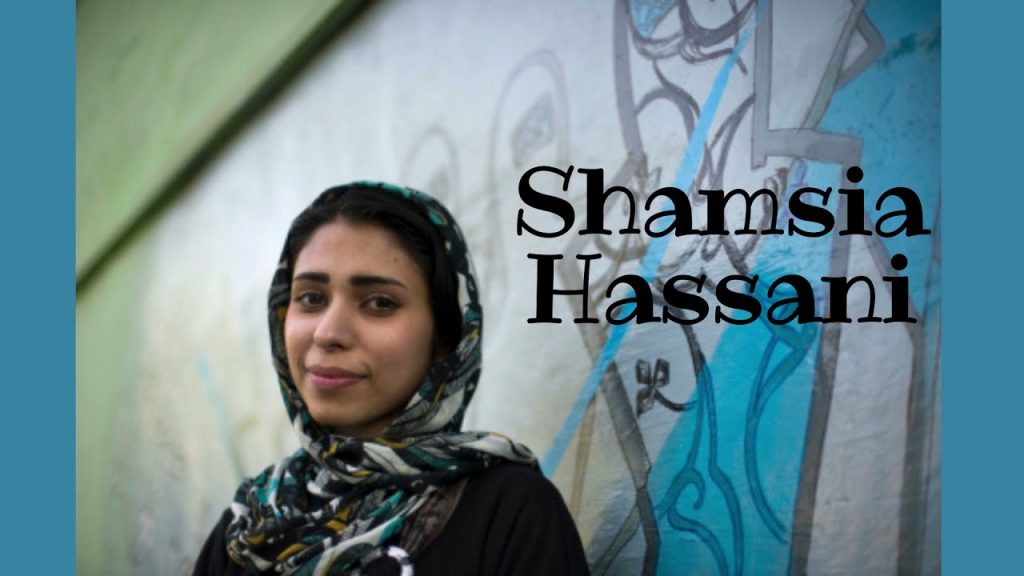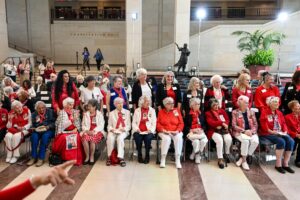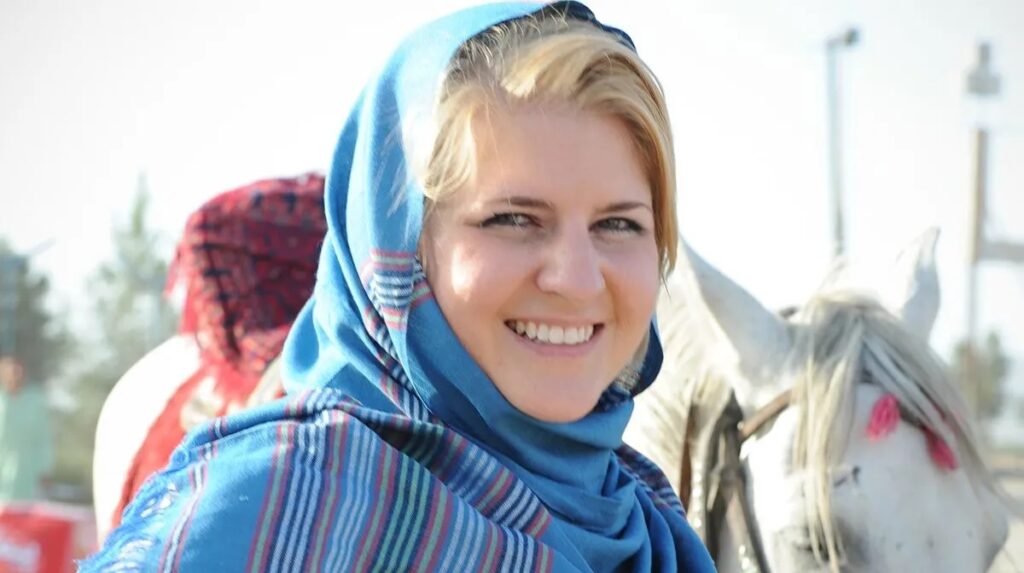Shamsia Hassani


Background:
Shamsia Hassani was born in 1988. Her real name was Omolbanin Hassani. She spent her childhood in Iran as her parents were temporarily living there during the war. She had an interest in painting from a very young age. When she was in 9th Grade, she didn’t get enough access to art classes as it was not allowed to afghans in Iran. After returning to Kabul, she completed her degree in Arts from Kabul University Afghanistan. She has got a BA degree in painting and a Master’s degree in Visual Arts. She is a Graffiti artist, a lecturer of Fine Arts, and also a professor of drawing and anatomy.
Social Impact:
Drawing at the Kabul University she has made state art very famous in the streets of Kabul.
She has showcased her talent in various countries including Iran, India, the United States of America, Germany, and many more. Soon she became an associate professor of drawing and anatomy drawing at Kabul University. Her words are: “Image has more effect than words”. She used her art for fighting for women’s rights and she used her heart to remind people of the tragedy to which happened to women in the past who still are facing Afghanistan.
In December 2010, she studied the art of Graffiti in a workshop hosted by Chu. After successfully completing the workshop, she began to practice Street art on the streets of Kabul as the supplies of Graffiti cheaper are cheaper than traditional art forms. She chose to consume the art from her heart on the walls of carbons culture center featuring a Burka clad woman sitting below the Stairway with inscription reading as “the water can come back to the right, a privilege but what about the fish that died”.
There are people who publicly harassed her and claimed her work was bad and Un-Islamic. That’s why she completes her work very quickly within 15 minutes. She says, “I want to color over the bad memories of War on the wall and if I color over the bad memory then I erase War from people’s minds. In an interview, she says, “I believe there are many who forget all the tragedies women faced in Afghanistan. I use my paintings as a means to remind people and to highlight the matter in society. I tried to show them bigger than what they are in reality and in modern forms shaped in the happiness movement made me stronger. I try to make people look at them differently”

Accolades:
The main motive behind drawing Graffiti paintings is because she wants to make people aware of the war years in Kabul. She is named one of FP’s top Global Thinkers for the year 2014. Her name was also present in the BBC’s top 100 women. She is the founder of the first Graffiti Festival in Kabul, Afghanistan. She is doing what she wants to do even after facing public harassment. She is truly an inspiration for all of us.
Written By-









